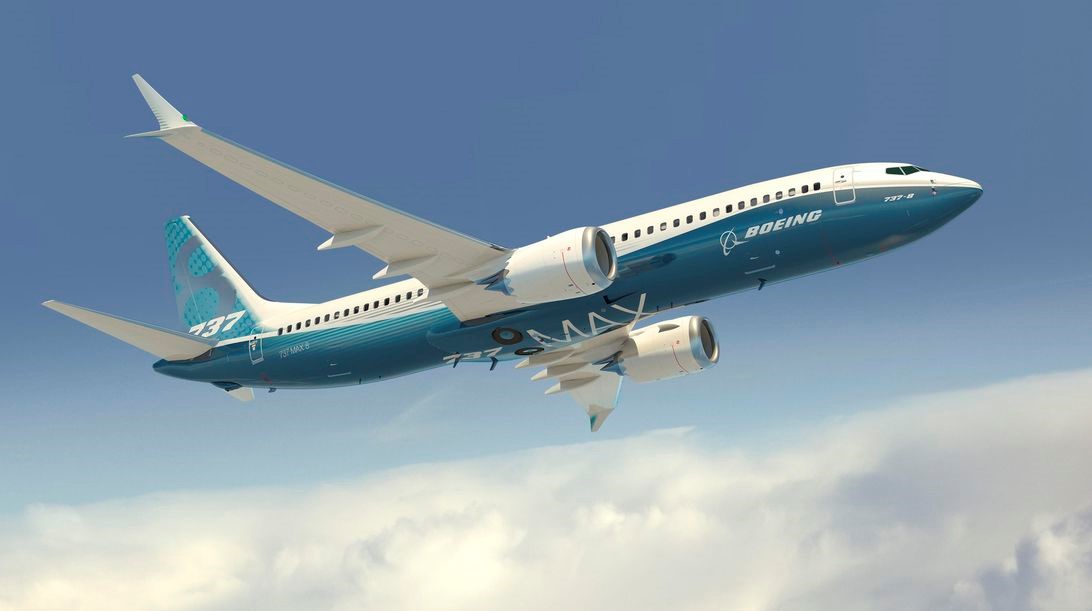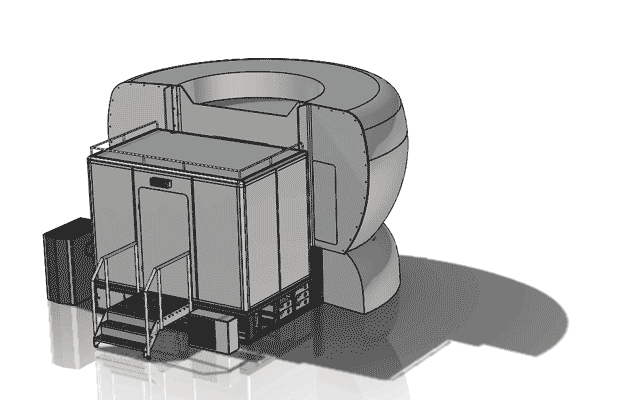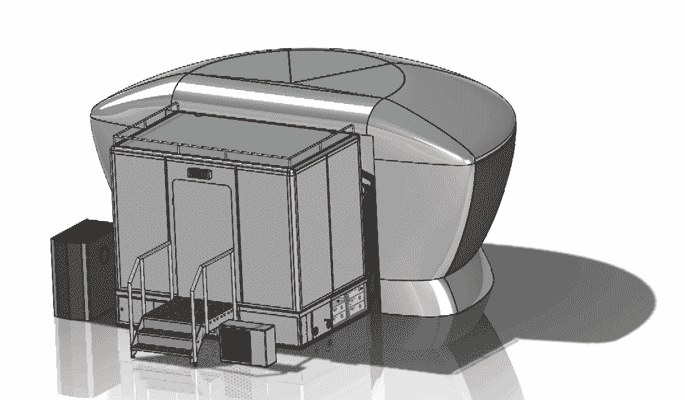This week, there has been a lot of information in the press about the Boeing 737 MAX and its return to service (RTS). In this blog post I will try to take you through the steps that are needed for this airplane to fly again safely and shortly.
As I’ve described in the past and speak about at conferences, the primary authority for the recertification of the Boeing 737 MAX is the United States Federal Aviation Administration (FAA). Boeing will have to prove to the FAA that the revised system meets all certification and airworthiness requirements before grounded planes can take flight again. As always, the safety of passengers and crew is the top and only priority.
The first step in this effort is for Boeing to provide the systems information and documentation on the MAX so that the FAA can review it. Once agreed that this documentation addresses all issues, a series of tests including a final flight test will likely be scheduled. During this series of tests, Boeing and the FAA will review the entire system to identify that it is functioning as designed, including review of possible failure modes where crew actions could be needed. Once the FAA is satisfied that every system meets the certification requirements, which will be done after review of all the data gathered from the tests, the certificate of airworthiness should be issued as the first step of RTS.
The second step is for other global regulatory agencies to either agree on the findings of the FAA and validate the certification, or otherwise proceed with their own due diligence process to allow recertification of the MAX. Some of the major players include Transport Canada, the European Aviation Safety Agency (EASA) and the Civil Aviation Authority of China (CAAC). Depending on the local rules and global acceptance of the findings of the FAA, this process normally follows the U.S. certification closely, especially due to the fact that all these agencies have been and continue to be involved and briefed in this effort.
After the MAX is recertified, the airplanes that have already been delivered will all need to be upgraded with the certified parts at the airlines while new planes will be upgraded prior to delivery. This should be a routine maintenance action that takes very little effort but is essential to bring every MAX in line with the newly certified standard.
The last step in this process will be the implementation of updated crew training requirements. These are either levied through regulatory documents such as the FAA Flight Standardization Board (FSB) report or the EASA Operational Suitability Data (OSD) report or levied through local regulations. Read more >more information on how these reports are created.
The training requirements will depend on the changes to the system and the interactions that the crew will have with the airplane in normal and non-normal situations. Current training for a qualified B737NG pilot to fly a MAX is to follow a training course that is either presented on an iPad or in a classroom. This has been possible due to the restricted differences between the NG and MAX airplanes. If additional training due to the latest changes in the MAX is identified at the same “level B”, pilots will have to add this training prior to operation. Level B requires a standardized training delivery where pilots are able to learn via computer-based training or classroom instruction.
Some global regulators, airlines and pilot unions have publicly indicated that they would prefer training MAX pilots on simulators. Just to name one, in a comment to Reuters, Canadian Transport Minister Marc Garneau said, “Simulators are the very best way, from a training point of view, to go over exactly what could happen in a real way and to react properly to it.” Even if simulator training is not mandated by regulatory authorities, airlines are of course free to go above and beyond the requirements. However, whether it is deemed necessary or unnecessary by regulatory officials will all depend on the changes to the airplane and the specific needs of operators around the world.
For those who are interested in further information on the use of simulators or other training options to prepare for this RTS, please reach out to us. As with the rest of the world, we will be following any news regarding the MAX closely.
For further information on the MAX updates refer to Boeing’s website.


